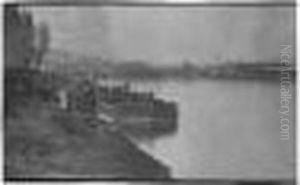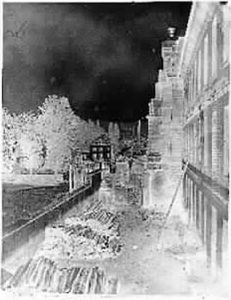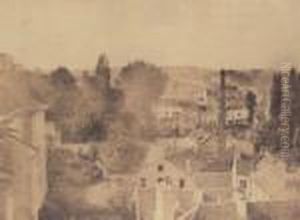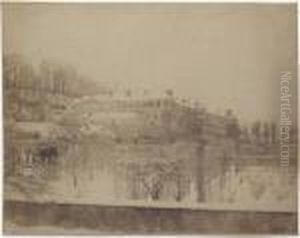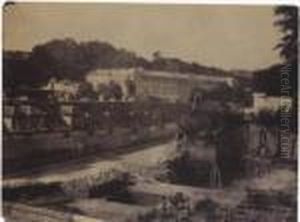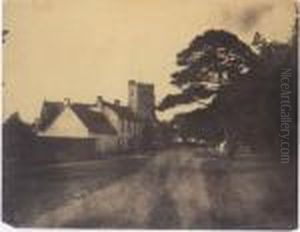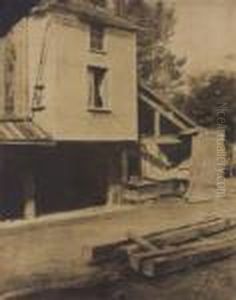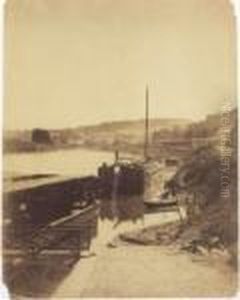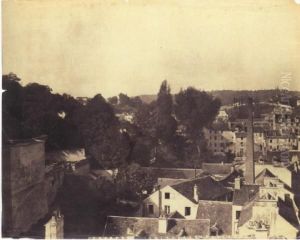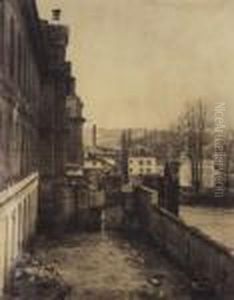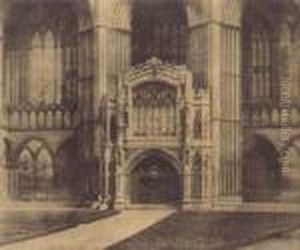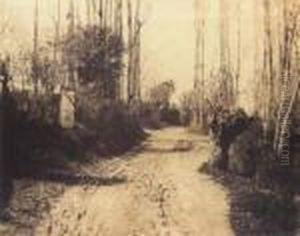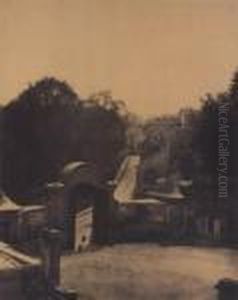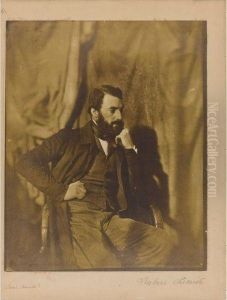Victor Regnault Paintings
Victor Regnault, born Henri Victor Regnault on July 21, 1810, in Aix-la-Chapelle, France, was a prominent figure not only in the world of photography but also in the field of chemistry. His contributions spanned across various scientific disciplines, though he is primarily celebrated for his pioneering work in the early development of photography as well as his groundbreaking research in thermodynamics and physical properties of gases.
Regnault's initial academic pursuits were in the field of chemistry, where he excelled and earned numerous accolades. After completing his education, he worked under the tutelage of Justus von Liebig, a renowned German chemist, in Giessen. His early career was marked by significant contributions to industrial chemistry, including improvements in the manufacture of sulfuric acid and other chemicals, which had wide-ranging applications in the burgeoning industrial landscape of the 19th century.
In the 1840s, Regnault's interest in photography, a nascent art and science at the time, began to flourish. He conducted extensive experiments on the sensitivity of various chemical compounds to light, contributing to the development of photographic processes. His scientific approach to understanding the chemical reactions involved in photography helped lay the groundwork for the field's future advancements.
Beyond his work in photography, Regnault made substantial contributions to thermodynamics. His meticulous experiments on the thermal properties of gases under various conditions were critical in the development of the laws of thermodynamics. His work provided empirical evidence that supported and expanded upon the theories of Sadi Carnot and others, establishing a foundation upon which future scientists could build.
Victor Regnault's career was also characterized by his leadership in scientific institutions. He served as the director of the Sèvres Porcelain Factory, where he implemented scientific methods to improve the quality of the porcelain, and he held prominent positions within the French scientific community, including the presidency of the French Academy of Sciences.
Despite his significant contributions to science and photography, Regnault's work was somewhat overshadowed by his contemporaries in the rapidly evolving scientific landscape of the 19th century. Nevertheless, his legacy as a pioneer in both the chemistry of photography and thermodynamics is well recognized among historians of science and photography.
Victor Regnault passed away on January 19, 1878, in Paris, France. His death marked the loss of a scientist who was not only ahead of his time in understanding and applying the principles of chemistry and physics to practical problems but also a visionary who saw the potential of photography as both an art form and a scientific tool.
